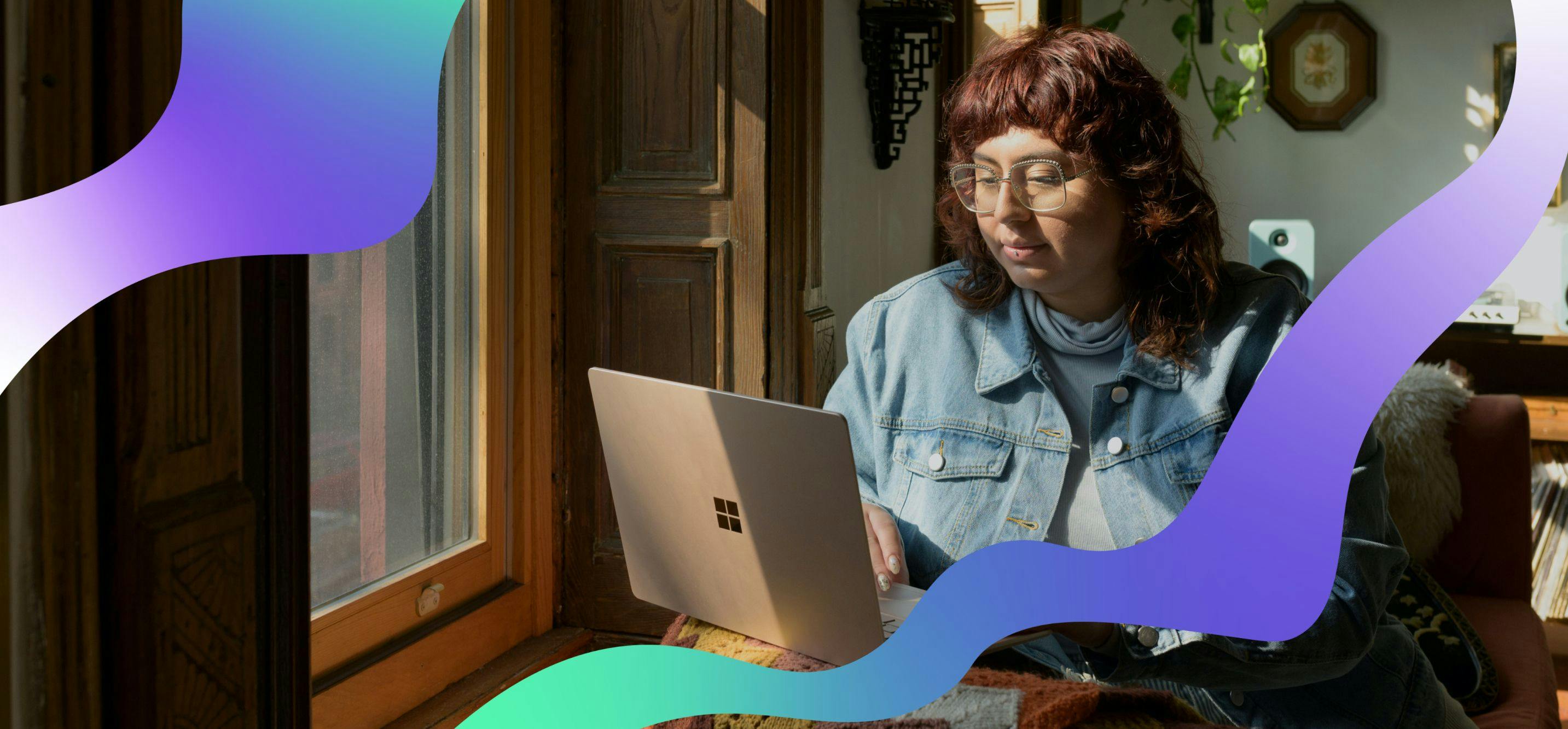Luxury branding is a vital aspect of creating a unique and memorable experience for customers. In today's digital age, it's more important than ever for businesses to conceptualise the idea of luxury throughout the entire customer interaction process. From the first point of contact with the brand, it's essential to establish a sense of exclusivity and sophistication, making the customer feel that they're receiving an exceptional experience. This article delves into the significance of luxury branding in the digital customer journey and how it can elevate a business's reputation and customer loyalty by creating an enjoyable experience for customers.
What is Luxury Branding
Luxury branding refers to the marketing and positioning strategies employed by companies to create and maintain a prestigious and exclusive image for their products or services. It involves establishing a distinct identity that embodies qualities such as superior quality, craftsmanship, exclusivity, and a sense of luxury and sophistication.
Markets evolve rapidly, particularly due to new technologies and ever changing consumer preferences, which are shaping the way luxury brands are marketed and perceived. However, the core principles of luxury branding - exclusivity, quality, and prestige - remain as relevant today as they were centuries ago. It is now as important as ever for Luxury brands to make sure that their digital experience provides a quality experience for consumers, with more and more people choosing to opt for online over the in-store experience.
Iconic brands such as Bently, Ferrari and Porsche have established themselves as symbols of luxury and status. These brands were able to create a strong emotional connection with their customers, which led to their enduring popularity and success. A big contributor to this success is their ability to present their brand on the digital frontier. With over 80% of luxury sales being ‘digitally influenced’, meaning more than one touchpoint in their purchasing journey is now online, it’s putting more emphasis on the need for a luxury digital experience.
How To Make Digital Work For You, as a Luxury Brand?
Personalisation

To craft the perfect Luxury digital experience there are certain principles a brand can follow. One way brands are doing this is by using data analytics to create personalised product recommendations for their customers. By analysing customer data, luxury brands can tailor their marketing messages, and even online purchasing journeys to the specific needs and preferences of their target audience, providing a more personalised experience.
Personalisation has become increasingly important in the digital age, customers are continually bombarded with generic marketing messages and advertisements, so to stand out in a crowded digital landscape it's important to make the consumer feel important through small but meaningful personal touches.
A great example of where this is used is with Lamborghini. They have created a specialised customisation program called Ad Personam, that allows you to commission a customised Lamborghini model. Everything from custom colour pallets to leathers, materials, seats and rims. To create your own tailored made supercar.
High-Quality Digital Content

In combination with personalised product recommendations, Luxury brands also need to invest in high-quality digital content. This content includes everything from video campaigns and social media posts to branded websites and digital magazines. This content not only showcases the brand's products and services but also tells a story that connects with its audience on an emotional level. This idea of digital storytelling is a vital tool for luxury brands to communicate their brand identity, values, and unique selling proposition in a compelling and memorable way. Luxury brands are not just selling products, they are selling a lifestyle. By crafting a narrative that goes beyond the features and benefits of their products, luxury brands can differentiate themselves from competitors and create a lasting impression on their audience.
A good example of this is Ferrari using high impact videos and photographs. This is one of the first things you see when opening the webpage, showing everything from supercars driving in spectacular locations to models wearing the Ferrari collection. Each video serves the purpose of showing Ferrari as more than just another car brand but instead a lifestyle.
New Technologies

Finally, a staple idea of luxury branding is the idea of pushing boundaries. With advances in new and emerging technology brands that can incorporate this into their digital experiences can make them truly stand out from their competitors. A good example of this is using augmented reality (AR) and virtual reality (VR) technologies to create immersive digital experiences that allow customers to interact with their products in a more meaningful way. This includes everything from AR-enabled try-on features to VR-powered virtual showrooms. These technologies allow customers to experience the brand's products in a way that is not possible with traditional marketing methods.
One good example of this is Mercedes-Benz creating a VR showroom. This allows customers to check out detailed representations of the latest and most luxurious exteriors and interiors. This includes being able to examine the vehicle from every angle as well as open doors, sit in the seats, and even start up the engines.
Getting the Luxury experience for you
Luxury brands are finding new and innovative ways to create exclusive digital experiences for their customers. These experiences are designed to engage and inspire their audience, and to foster a deeper connection with the brand. By using data analytics, high-quality content and emerging technologies, luxury brands are able to create a sense of exclusivity and prestige that is essential to luxury branding.
If you want to explore how you can help create a sense of luxury in the digital landscape click right here





